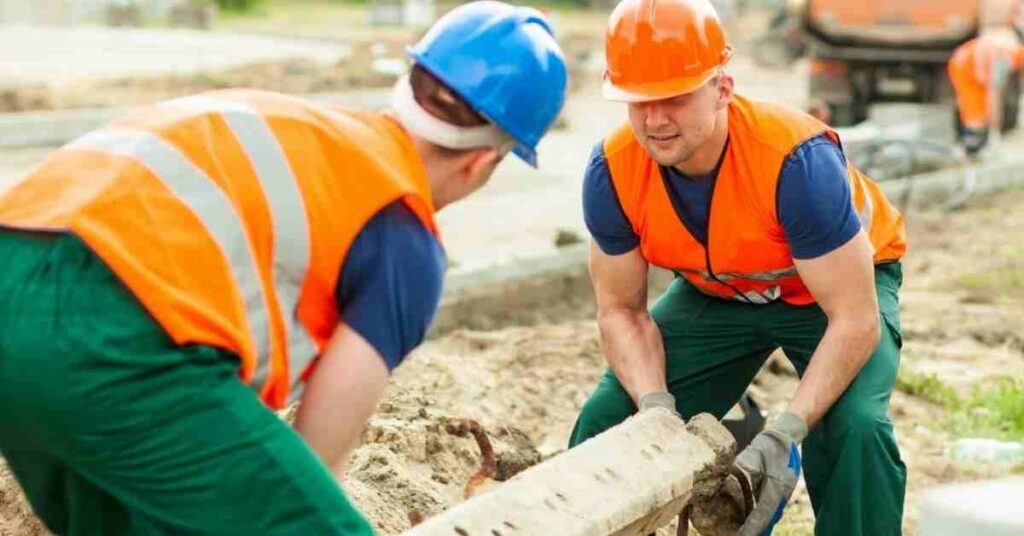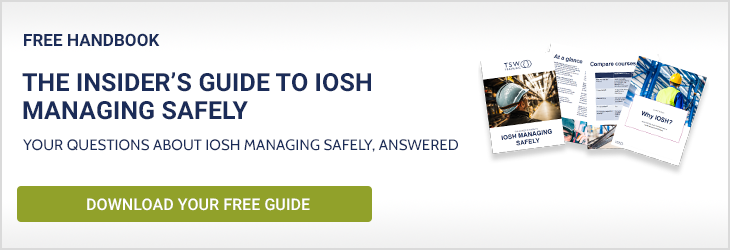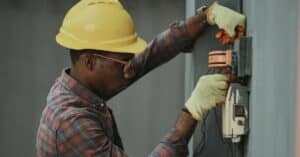Health and safety may seem like a topic many of us sigh at. But in the workplace, it needs to be taken seriously, as it can have a massive effect on your team’s lives.
Key Points:
- If your employees are carrying out manual handling or another physical activity, they’ll need to be in good musculoskeletal health to be able to fulfil their role.
- Due to accidents and risk factors that might not have been controlled, musculoskeletal conditions are one of the top reasons that people are absent from their jobs.
- Work-related musculoskeletal disorders can be prevented with the right health and safety procedures in place.
What is meant by musculoskeletal health?
Musculoskeletal health refers to your joints, and the muscles around them, which help you to carry out your day-to-day activities.
When you’re healthy and fit, you probably don’t even think about your musculoskeletal health but as soon as you become injured, you realise the impact it can have on your ability to work.
Musculoskeletal injuries could include back problems, neck pain, and joint conditions.
The Health and Safety Executive reported that in 2020/21, 45% of musculoskeletal injuries involved the upper limbs and neck, with construction having a considerably higher number of injuries than the average sector.

The cost impact it can have on business
Musculoskeletal problems caused 13.4% of sick days for the UK population in 2021 and account for one of the top four reasons for sickness and absence.
If anyone in your business is affected, you’ll need to pay for their sick leave, while balancing the drop in productivity levels due to their absence.
Where the injury causes long-term absence, you might have to employ others to cover the workload while your injured employee recovers too.
Having the right insurance in place can help you to cover the cost of any damages that arise as a result of employees being injured while they’re working. You could find yourself having to pay legal fees if adequate support wasn’t offered to your team, or the relevant safety procedures weren’t in place.
It’s important that employees are well looked after to minimise their chances of developing musculoskeletal disorders so they can stay healthy.
What workplace habits can cause injuries/disorders?
People are more at risk of musculoskeletal injuries if they:
- Are carrying out manual handling
- Are often in awkward positions or completing repetitive tasks
- Are exposed to a lot of vibration, such as drilling
- Are working at computers, using display screen equipment, or smartphones
Skilled trades occupations, as well as process, plant, and machine operatives, were those most affected by musculoskeletal disorders between 2018 and 2021, due to the manual work they were carrying out.
Health professionals are also heavily affected by musculoskeletal disorders, and across all industries, those over 45 sustain more injuries.
With an aging workforce to contend with, it’s down to employers and employees to make sure they’re taking the right steps to keep injuries to a minimum.

How can companies manage and prevent injuries from occurring?
Prevention is better than cure when it comes to musculoskeletal disorders.
Steps you can take to prevent workplace injuries include:
- Checking in with your team to see if they’re experiencing poor musculoskeletal health, such as persistent pain
- Encouraging good and open communication around musculoskeletal health in the workplace
- Providing your employees with information on musculoskeletal health
- Regularly taking risk assessments and controlling the risks associated with their work
- Giving your team the right training, so they understand how to handle risks in the workplace
The IOSH Managing Safely or NEBOSH General Certificate course can help them to gain clarity on how to assess risks within their workplace and handle them effectively to reduce the chances of injury.
Occupational safety is paramount to keeping your workforce happy, healthy, and able to continue in their jobs. Ill health in the workplace can lead to lots of time off for recovery, as well as a loss in productivity.
With an increased awareness of musculoskeletal health in the workplace, you can enable people to take responsibility for their own safety, as well as looking out for their colleagues.









